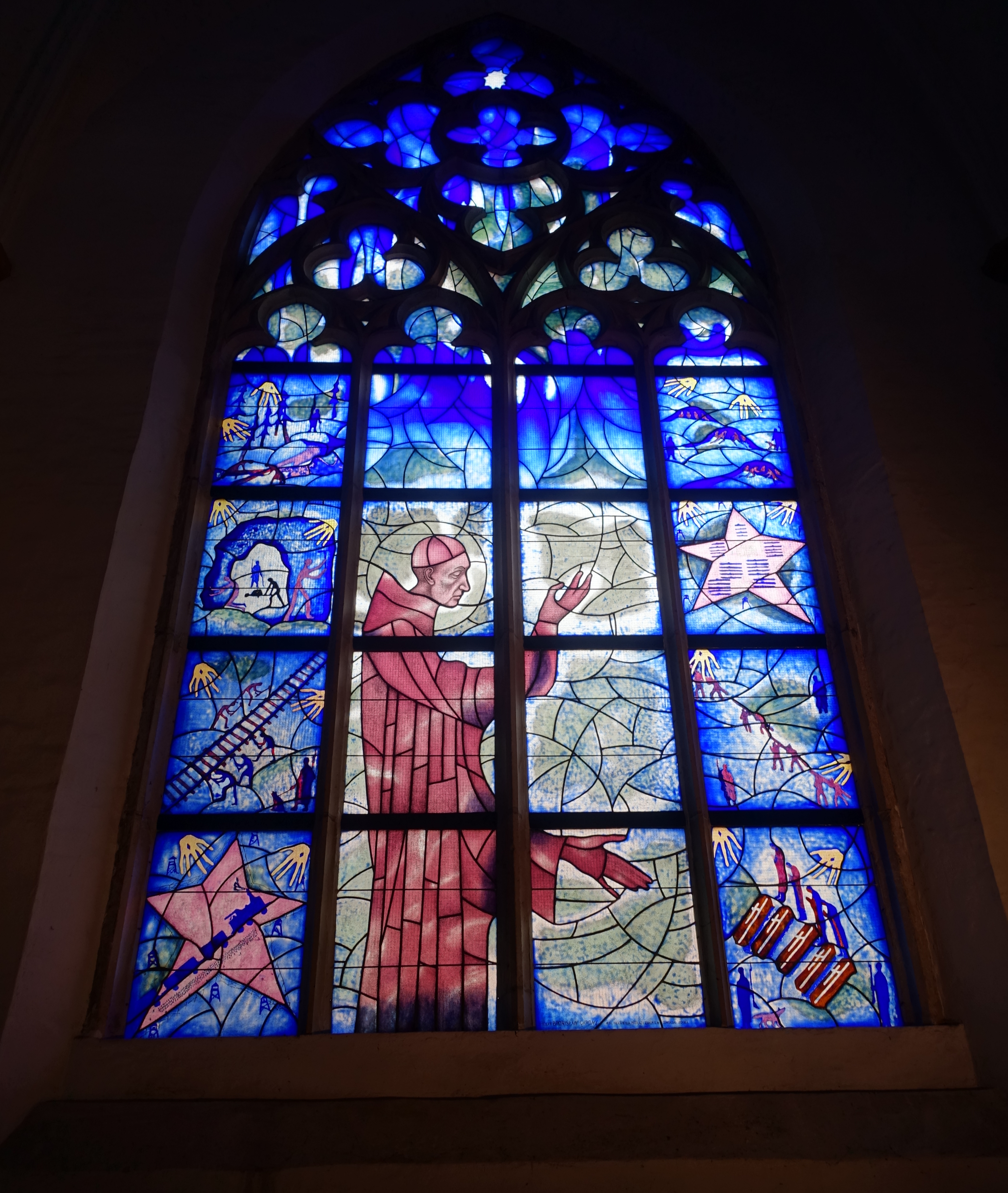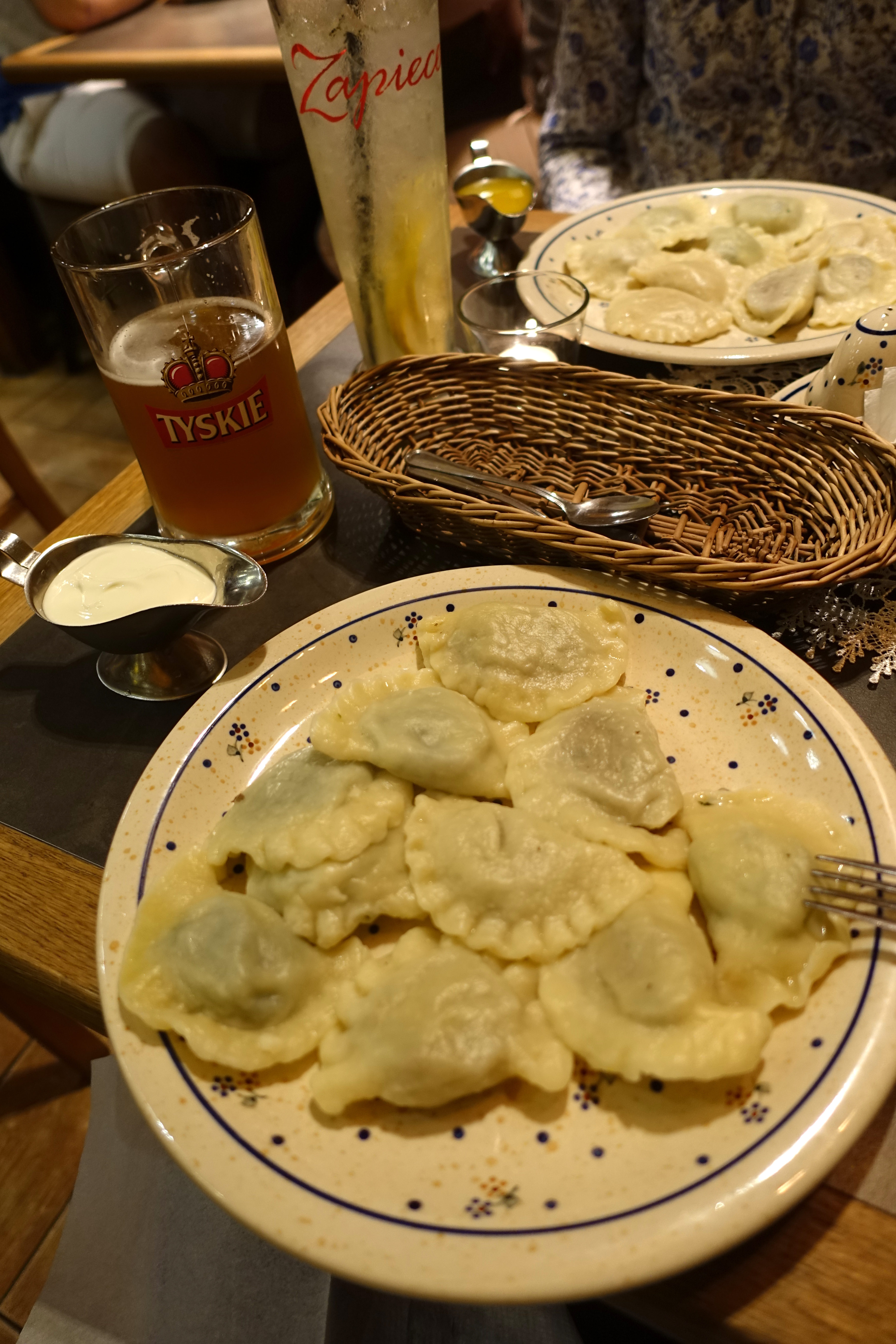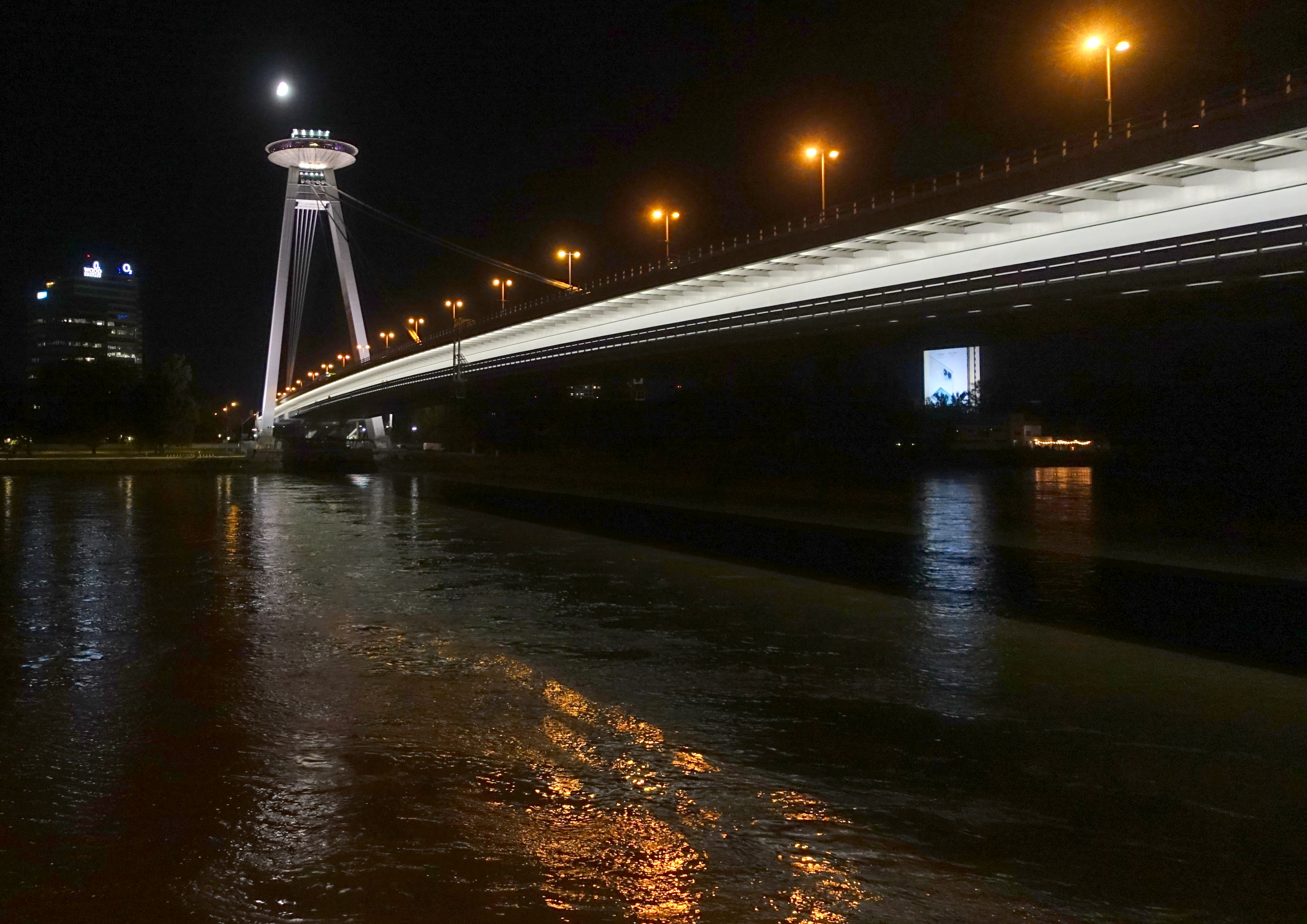Travel blog
During our recent trip to Poland, we visited four of its largest cties: Warsaw, Krakow, Wroclaw and Poznan. It quickly became apparent that Poland is a rapidly evolving country, both economically and culturally, but also a country whose recent turbulent and tragic history is all too evident.
The changing urban landscape
The image below features Warsaw’s Palace of Culture which provided a dramatic night time spectacle from our hotel bedroom. The picture neatly encapsulates Warsaw’s (and Poland’s) recent history. in the foreground there is the open expanse of walkways above the Centrum metro station, car parks, etc. an area, like 90% of Warsaw, which was systematically flattened by the Germans during 1944-5 as retribution for the Warsaw Uprising of August 1944.

The Palace itself dates from 1955 and the era of Communist rule (it was originally called the Josef Stalin Palace of Culture and Science). It functions as a multimedia centre and houses several theatres, cinemas, a swimming pool, university departments, and an observation tower amongst other things. As a symbol of Soviet domination over Poland, it has not always been particularly loved by the citizens of Warsaw, but belatedly it has become more popular. Interestingly, The Rolling Stones played there in 1967. Presumably they sang ‘ (I can’t Get No) Satisfaction’.
Finally, on the far left are the modern tower blocks built during the period since Poland regained its independence in 1989. These include Zlote 44, Europe’s tallest apartment block – seen here opposite the Communist era Congress Hall. Below that is a view of the towering 5 star Marriot Hotel built in 1989 where President Obama was caught on camera lifting weights during his visit to Poland in 2014.


Britain’s Norman Foster was responsible for the Metropolitan office complex on Warsaw’s Pilsudski (formerly Victory) Square. This is a site for important ceremonial occasions, as can be seen here with the changing of the guard marching to and from the Tomb of the Unknown Soldier.

Elsewhere, we came across other examples of striking modern architecture as with the National Forum of Music (2015) in Wroclaw, Below that are two pictures of Poznan’s Stary Browar shopping centre, an impressive shopping centre and art gallery complex converted from an old brewery.



Outside the city centres, you don’t have to look too far to find the stereotypical urban landscape which typified life under communism. This shot was taken on the outskirts of Wroclaw complete with uniform tower blocks and very wide highways.

To the east of Krakow is Nowa Huta (translated as the New Steel Mill), a showcase ‘city’ of originally 200,000 people.

Since 1989, the authorities have subverted its intended status as all that was meant to be best about life under Stalinism, e.g. streets and squares have been renamed after Ronald Reagan and Solidarity

However, we found that it still feels very different from the relatively affluent and westernised Krakow city centre, not least because of a seemingly much older population not evident in the downtown areas we visited. The Restaurant Stylowa still retains the 1950s feel of communist life complete with a mini statue of Lenin.



Gentrification
It is apparent that many urban areas in Poland are undergoing a process of gentrification. In the Warsaw district of Praga, an old industrial area has been transformed into a cluster of hi-tech workspaces, retail outlets, cafes etc. with the Soho Factory at its core. Hipster culture has become established in a manner which would not be amiss in London’s Shoreditch or Barcelona’s El Born neighbourhoods.

Curiously, deckchairs seemed to be made available (free of charge) for taking a break all over Poland. It almost seems to be a public utility.
Krakow’s Kaziemierz, the old Jewish district, has very clearly been transformed into a thriving hip area awash with restaurants, bars, cafes, and artistic enterprises, making it a fashionable place to buy a newly converted apartment.

Communist neon
Warsaw’s Soho Factory is a large complex of converted industrial buildings which intriguingly includes a museum dedicated to neon lights which were a prominent feature of the urban landscape during Communist times. Such lighting outside shops and cinemas helped to create the illusory glamour and excitement which was associated with the West.


An old sign for the ‘Ladybird’ milk bar in Warsaw
In Wroclaw some of the old neon lights have been installed in an alleyway to create the atmospheric backdrop for the Neon Side Club


Nostalgia isn’t confined to neon lighting. There is a growing market for tours which highlight former communist institutions and neighbourhoods. These are usually offered in 1950s cars or minibuses built in state owned factories

In addition, there are a few museums which aim to depict everyday like under communism, such as Warsaw’s Museum of Life under Communism
As if to show the continuing allure of the West during the Cold War years, we spotted a few vintage USA cars on the streets of Poznan

History Looms Large
Given Poland’s traumatic history between 1939 – 1989, it is not surprising to find continual reminders of some of the more tragic events and inspirational characters who emerged during that period. Schindler’s factory in Krakow is a moving memorial to the story of life under Nazi occupation with a focus on the fate of the Jewish population (as illustrated in the film Schindler’s List)

St Elizabeth’s Church in Wroclaw contains some striking stained glass windows which highlight both the Katyn Massacre of Polish troops by Russians in 1940, as well as the network of Nazi concentration camps of which Auschwitz is one of the best known


In Krakow, there is an impressive statue of Jan Karski, a prominent Polish resistance fighter who helped keep the Allied governments informed of Nazi atrocities in Poland.

There are numerous Jewish cemeteries in Poland containing a fraction of the three million Polish Jews who lost their lives during the Holocaust. The Jewish cemetery in Poznan was the last Nazi stronghold in the city before it fell to the Russians as can still be seen by the shrapnel damaged and broken tombstones


Poznan also witnessed the first major uprising against Soviet rule in Eastern Europe in 1956 (preceding the better known Hungarian uprising of the same year) during which thousands of factory workers led a revolt which was ruthlessly suppressed by the army. It is commemorated by an imposing statue as well as a small museum


Finally, on leaving Wroclaw railway station we came across an arresting collection of street statues dubbed the Anonymous Pedestrians. It was unveiled in 2005 in remembrance of the 1981 imposition of martial law in Poland, a period in which many ordinary citizens disappeared during the night and were never seen again.

In the light of Poland’s tragic history of late, it is a little depressing to observe the recent ascendancy of right wing nationalism in the country, as illustrated by the coming to power of the populist Law and Justice Party. It is similar to the UKIP party in Britain, which, given the economic benefits Poland has enjoyed since joining the EU (not least from German funding), seems an unfortunate political development.
Polish nationalism was evident in Warsaw with the national football team in action
Polish retail
Despite the rapid shift from the era of state controlled retail outlets to the dominant contemporary pattern of global chain stores and outlets, Poland still has its own distinctive retail choice including individualistic clothes shops



Global chain stores are very much evident – in Wroclaw they have infiltrated a former state department store

Caffe Nero, the British coffee chain, seems to have an outlet on every shopping street in Warsaw, but here they are called Green Cafe Nero, having merged with a local coffee chain

Polish Cuisine
Whilst there is a strong emphasis on meat (especially offal) in the Polish diet, it is possible to find alternatives. Many restaurants specialise in Polish dumplings (pierogi), parcels of dough with a large variety of fillings which are typically washed down by a beer such as Tyskie

Borsch (beetroot soup with sour cream) makes for a delicious starter
 In Krakow, the local speciality snack is obwarxanek – a chewy ring of dough akin to a pretzel
In Krakow, the local speciality snack is obwarxanek – a chewy ring of dough akin to a pretzel
Like in Russia, ice cream is available in abundance including otherwise spartan housing estates, as here in Warsaw’s Nowa Huta

For a healthier option, pop up vendors selling red berries and cherries seem to be ubiquitous in Summer
Low cost cafes and self service restaurants provide cheap eating, as with these examples in Wroclaw


In contrast, it is possible to experience the luxurious ambience of the Cafe Bristol in Warsaw, a rare surviving pre-war building

We found fast food chains housed in the opulent grandeur of Wroclaw railway station – KFC and McDonalds respectively. Lovely setting, shame about the food


Transport
Travelling by public transport is extremely cheap in Poland. Few of the trains match the high speeds found in France and Spain, but in a throw back to British trains from decades ago, you get the chance to share compartments with fellow passengers

Every Polish city appears to have an excellent tramway system with a 24 hour ticket costing around £2 – half the cost of a single ticket on London’s tube. Krakow offered the most scenic rides
Finally, the most beguiling transport encounter on our Polish visit was with the Train to Heaven, an old steam engine which has morphed into an art installation just outside the Wroclaw Contemporary Museum















Thanks for the link to our post. This is, far and away, our most popular post, and it’s heartening to see so much interest. Being squeezed between Russia and Germany has caused the Polish people nothing but misery. ~ James @ Gallivance.net
LikeLike